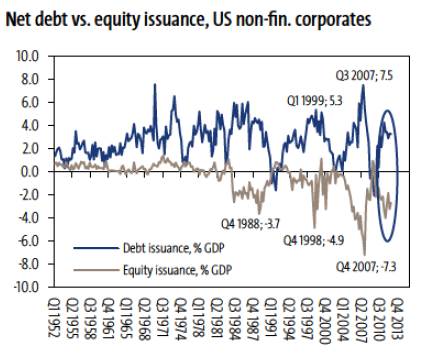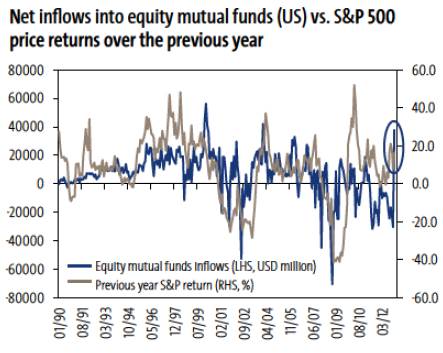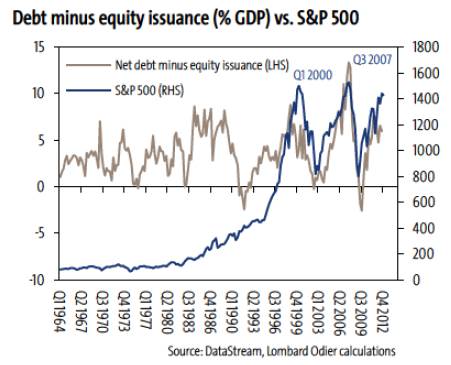Observations Lab
Macro Thoughts
Capital Markets Lab
Asset Management
Markets in History
Beyond Finance
Quotes on the Fly
Chart Gallery
Academia
Latest Observations
M&G Investments, Episode, 11 June 2019
Brandywine Global, Around the Curve, May 28 2019
Asset Management
Pension Funds
Pension Funds Research
Pension Funds Switzerland
Pension Funds Germany
Pension Funds Denmark
Pension Funds Finland
Pension Funds Norway
Pension Funds Sweden
Pension Funds United Kingdom
Pension Funds Netherlands
Latest Observations
M&G Investments, Episode, 11 June 2019
Brandywine Global, Around the Curve, May 28 2019
Wealth Managers
The Library
The Chart Room
Quotes on the Fly
The Time Capsule
Beyond Finance
The Coffee Chronicles
The Synchronicity Chamber
The Joseph Schumpeter Room
The Friedrich Hayek Auditorium
The Central Bank Hallway
Latest Observations
M&G Investments, Episode, 11 June 2019
Brandywine Global, Around the Curve, May 28 2019



